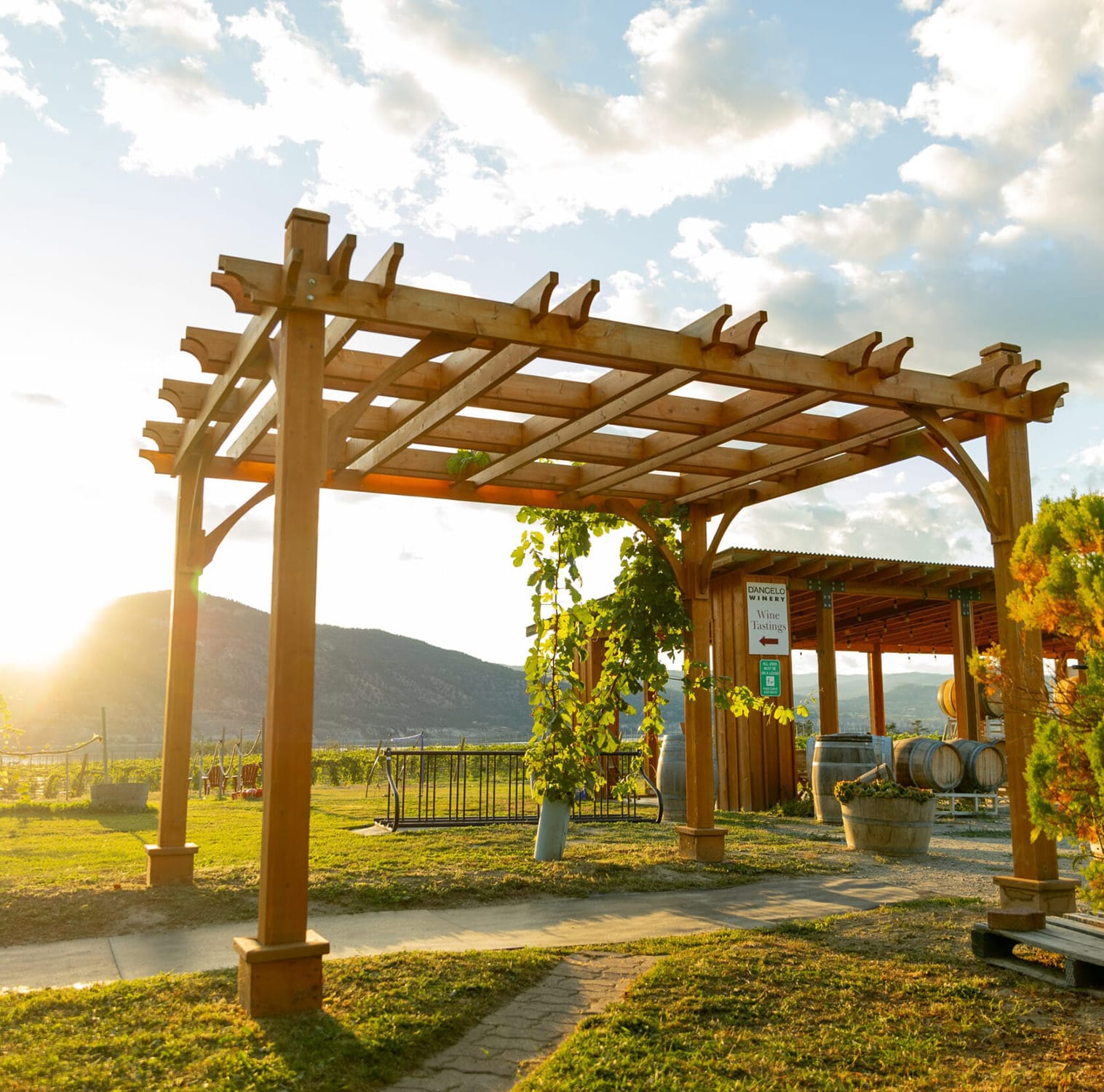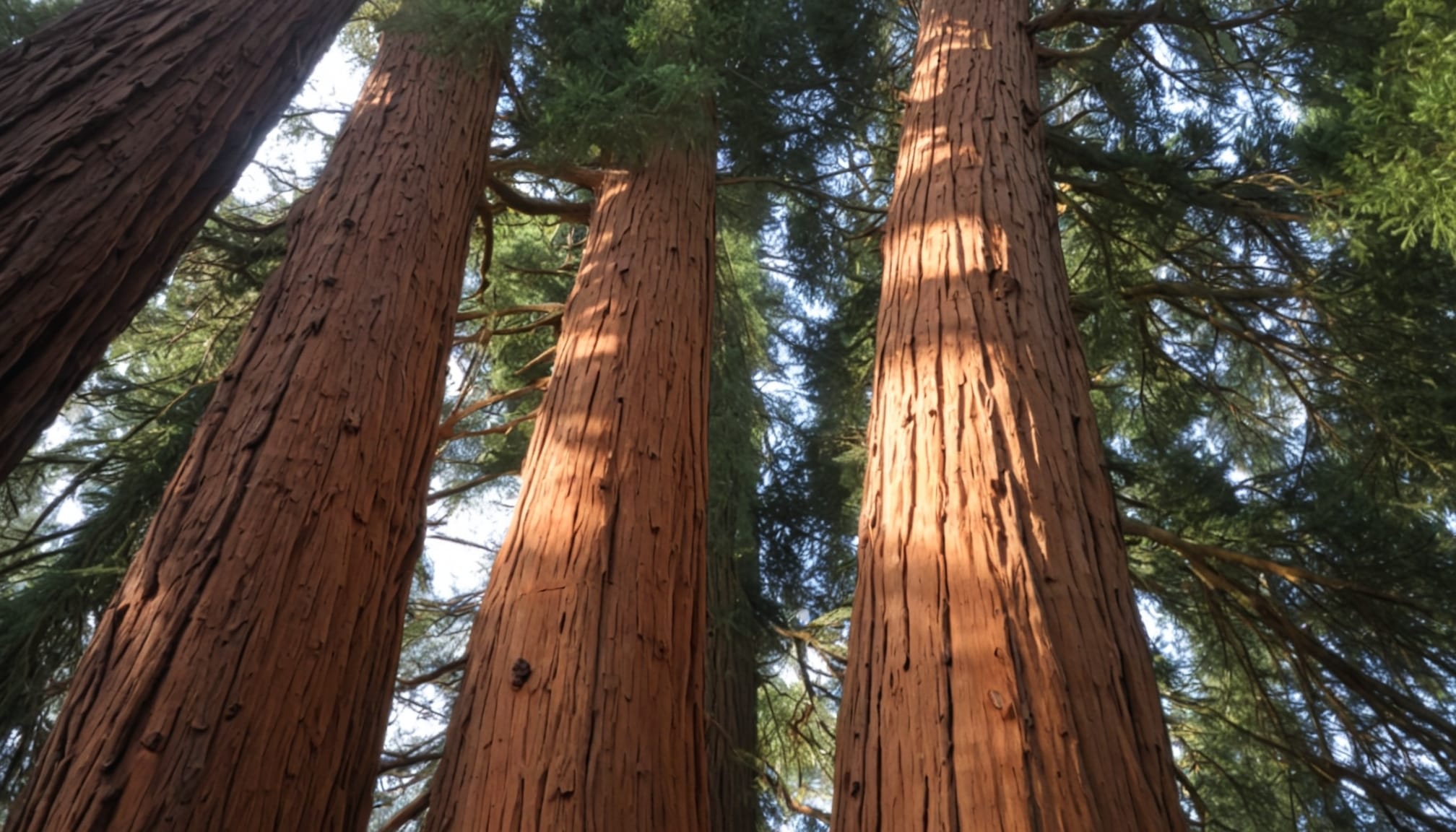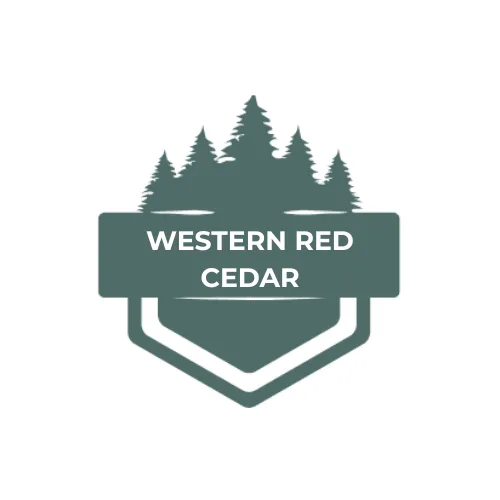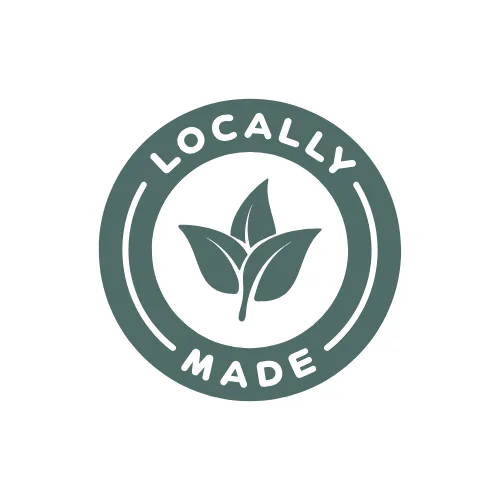The History and Modern Use of Western Red Cedar Wood

Western Red Cedar has long been a symbol of strength, sustainability, and natural beauty. With a legacy stretching back thousands of years and a growing reputation in modern landscaping, this remarkable wood species continues to shape outdoor living spaces across North America.
From ancient Indigenous tools to premium DIY garden structures, here’s everything you should know about Western Red Cedar wood — including why it remains one of the most trusted and eco-friendly building materials today.
🌲 A Brief History of Western Red Cedar
Known scientifically as Thuja plicata, Western Red Cedar is a large evergreen native to the Pacific Northwest of North America. Despite not being a “true cedar,” this tree holds deep cultural and practical significance — especially for the Indigenous peoples of British Columbia, Alaska, Washington, and Oregon.
Indigenous Use & Cultural Importance
Native communities have relied on Western Red Cedar for over 8,000 years, using virtually every part of the tree:
Bark: woven into mats, baskets, rain hats, and ropes
Wood: carved into dugout canoes, bentwood boxes, planks, and homes
Branches: shaped into bows, fishing lines, and cords
Some coastal Indigenous groups even refer to themselves as “People of the Red Cedar,” with oral legends describing the tree as a divine gift from the Great Spirit to provide shelter, tools, clothing, and protection.
🌿 Natural Characteristics

Western Red Cedar is instantly recognizable for its:
Soft red-brown coloring
Scale-like leaves in opposing rows
Drooping lower branches and towering, conical form (up to 60 meters tall!)
Aromatic scent (from natural tannins)
It thrives in cool, wet climates and can live for over 1,000 years. Today, most natural growth occurs along the wet coastal belt of the Pacific Northwest.
🧰 Why Western Red Cedar Is Ideal for Outdoor Projects
Western Red Cedar’s durability, light weight, and natural resistance to decay make it one of the most trusted woods for outdoor construction.
🪵 Key Benefits:
Naturally Rot-Resistant: The wood contains natural oils and tannins that repel moisture and decay.
Bug-Repelling Properties: Its strong aroma helps deter termites and other pests.
Weather Friendly: Unfinished cedar weathers to a silvery-gray but also holds paint or stain well.
Thermal Insulation: Cedar keeps spaces cool in summer and warm in winter, making it ideal for greenhouses or sheds.
Workability: It’s light, easy to cut, and simple to fasten — making it a favorite for DIYers.
🛠 Modern-Day Uses
Today, Western Red Cedar is one of the most sought-after materials for:
Outdoor furniture, siding, fences, and saunas
It’s available in clear and knotty grades, and comes in everything from rough timbers to 1×4 fence boards, making it suitable for virtually any backyard build.
🛒 Where to Buy Western Red Cedar
Western Red Cedar is widely available through:
Local lumber dealers
Specialty manufacturers that sell pre-cut DIY kits like Outdoor Living Today
Online retailers focused on sustainable cedar structures
Looking for something ready to assemble? Browse our curated collection of Western Red Cedar kits — sustainably sourced, pre-drilled, and easy to build.
For more technical specs, finishes, and sourcing details, visit the Western Red Cedar Lumber Association (WRCLA), the industry’s leading authority on cedar wood products.
Final Thoughts
Western Red Cedar’s long history, natural durability, and ecological sourcing make it one of the best materials for anyone looking to build outdoor structures that last. Whether you’re a seasoned carpenter or weekend DIYer, cedar delivers on beauty, strength, and sustainability — with a legacy to match.




